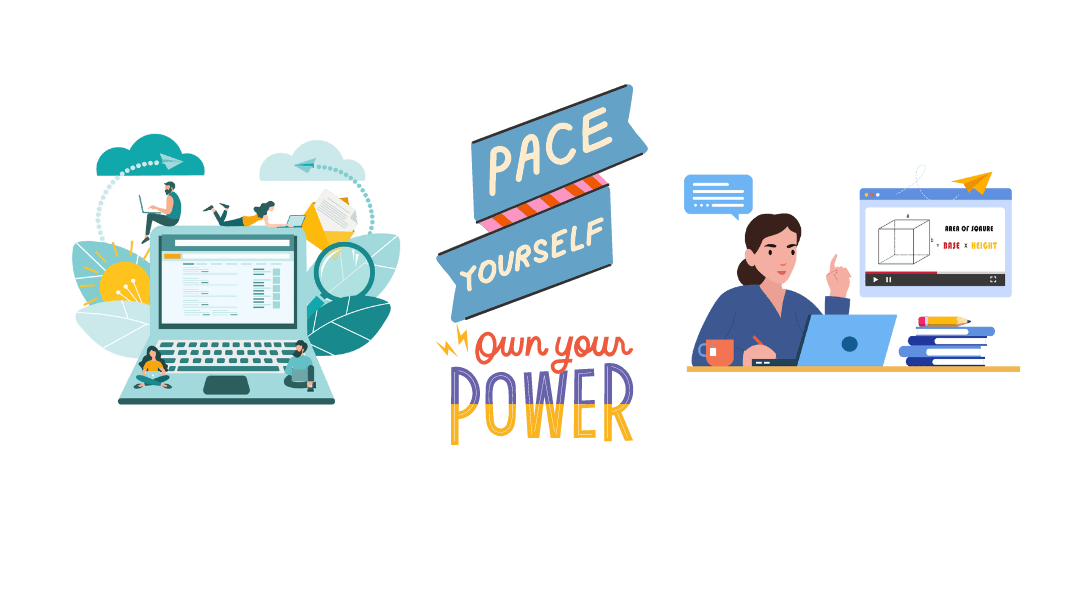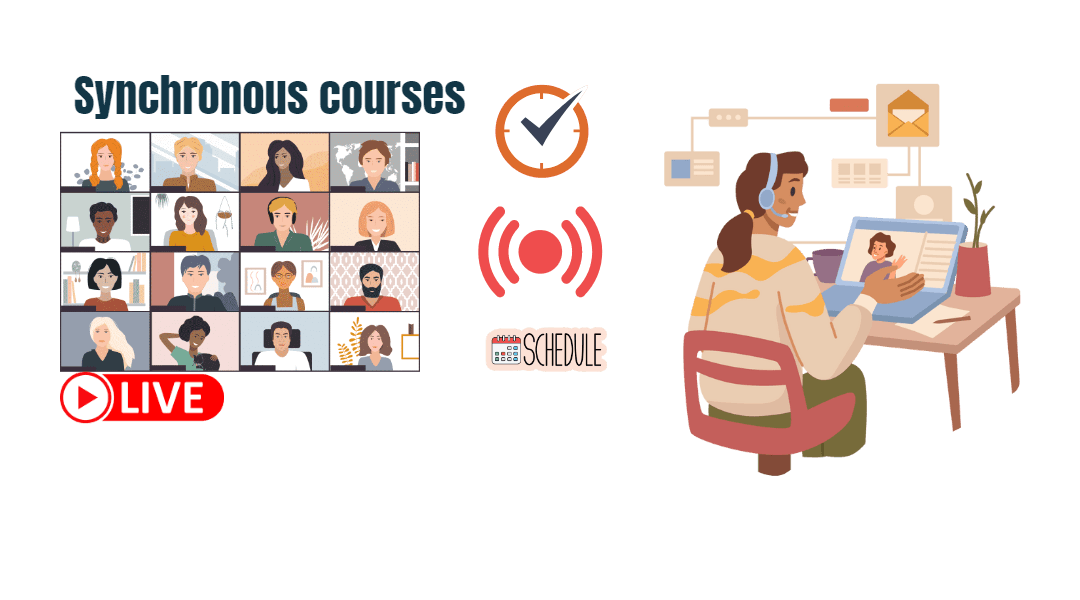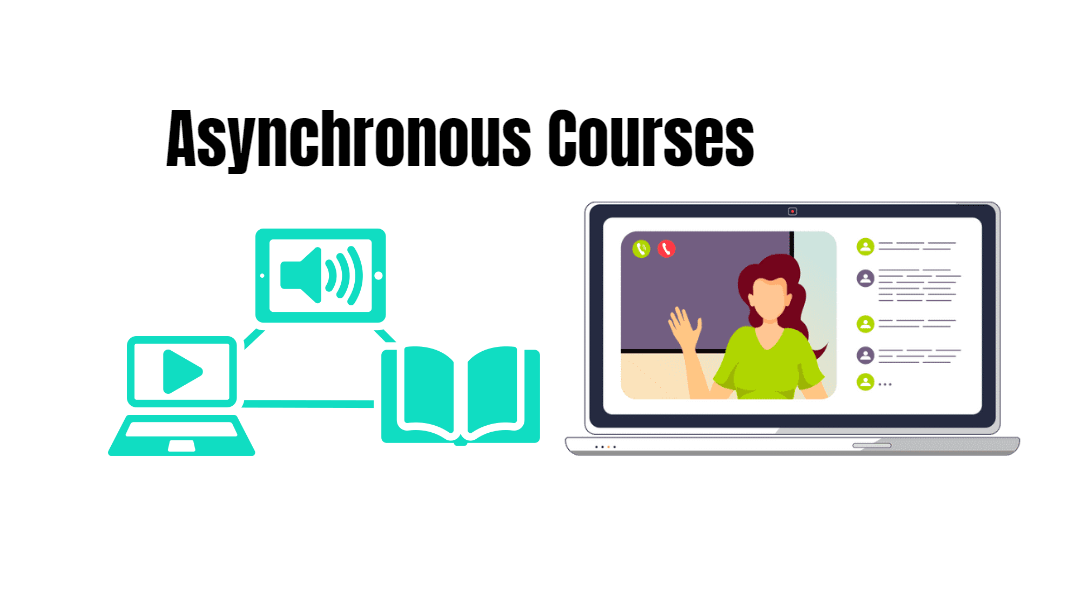What is e-Learning and how will it continue to change and develop?
E-Learning in Nepal is increasingly being adopted by businesses and organizations to provide training and professional development opportunities for their employees.
What is e-Learning?
E-learning, or electronic learning, is a type of education that uses technology to deliver and facilitate learning. With the advent of the internet and computer-based software, e-learning has become increasingly popular as a way for people to learn new skills and acquire knowledge without the need to be physically present in a traditional classroom setting.
Types of E-Learning
There are several types of E-Learning, including:
- Self-paced courses: These courses allow learners to progress through the material at their own pace, without the need for set schedules or deadlines.

- Synchronous courses: These courses are delivered in real-time and require learners to be present at a set time and date.

- Asynchronous courses: These courses are self-paced and allow learners to complete the material at their own convenience.

- Blended learning: This type of E-Learning combines traditional in-person instruction with online learning.
One of the most common forms of e-learning is online classes. These classes are typically offered by colleges and universities and are taught by instructors who use a learning management system (LMS) to deliver course materials, facilitate discussions, and collect assignments. Students can access the course materials and participate in class activities at their own pace and on their own schedule.
Another popular form of e-learning is webinars. These live, online presentations can be attended by anyone with an internet connection. Webinars are often used to provide training or continuing education on a particular topic or skill. They are also a great way for experts to share their knowledge and experience with a wider audience.
Self-paced tutorials are another popular form of e-learning. These are often created in the form of videos or interactive modules designed to teach a specific skill or topic. They are often available for purchase or can be found for free on websites such as YouTube.
E-learning has numerous benefits, both for the learner and the educator.
- It allows for flexibility and convenience, as students can access course materials
- It makes students participate in class activities from anywhere with an internet connection.
- It also allows for self-paced learning, so students can learn at their own speed and on their own schedule.
Additionally, e-learning can be more cost-effective than traditional classroom-based education, as it eliminates the need for students to travel to a physical location.
In conclusion, e-learning is a convenient and flexible way to acquire new knowledge and skills. With the advances in technology, it has become increasingly popular and accessible to more people. Whether you want to learn a new skill, advance your career, or pursue higher education, e-learning has something to offer.
